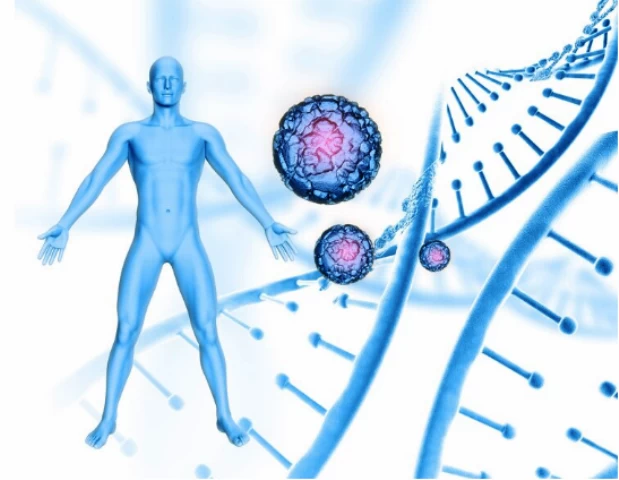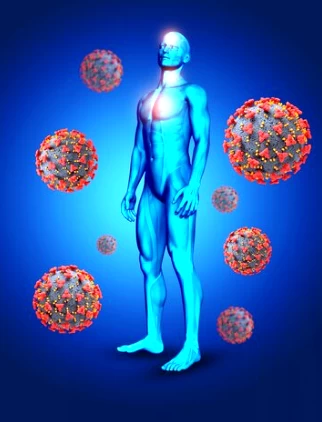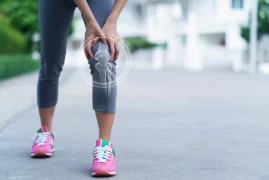
Physical Therapy and Exosome Application
- Physical Therapy and Exosome Application
- What is an Exosome?
- Exosome Application in Physical Therapy:
- Advantages of Exosome Application:
- How Does the Exosome Application Process Work?
Physical therapy and rehabilitation are disciplines used for the treatment of various musculoskeletal disorders, rheumatic diseases, neurological problems, and similar conditions. With advancements in medical technology and research, alternative treatment methods have gained prominence. In this context, in recent years, exosome applications have emerged as an innovative approach in the field of physical therapy.
What is an Exosome?
Exosomes are small vesicles that carry information and genetic material between cells, and also participate in cellular repair processes. These microscopic structures are surrounded by the cell membrane and contain various substances (proteins, nucleic acids, lipids, and other cellular components) found within the cell. Exosomes serve as a type of cellular communication tool, being generated within the cell and released into the external environment, sending signals to other cells.
These small vesicles perform various functions at the cellular level. For example, signals resulting from an event in one cell are transmitted to other cells through exosomes that detach from the originating cell. This facilitates intercellular communication, regulating various biological processes.
Recently, exosomes have become a significant research topic in the medical field, especially in cellular therapies, regenerative medicine, and the diagnosis and treatment of certain diseases. Studies on the role of exosomes in cellular communication and the therapeutic use of the genetic material they carry offer new possibilities in the medical field.

Exosome Application in Physical Therapy:
Exosome applications have various areas of application in physical therapy. These application areas generally include:
- Musculoskeletal Rehabilitation: Physical therapy is an effective method for the treatment of musculoskeletal disorders, muscle weakness, tendon injuries, and joint problems. Exosome applications contribute to the repair and regeneration of damage caused by such conditions.
- Orthopedic Rehabilitation: Exosomes are used in the recovery process after orthopedic surgery. Particularly after joint surgeries, exosome applications have the potential to control inflammation and contribute to the rapid healing of tissues.
- Sports Injury Treatment: Athletes often encounter issues such as muscle injuries, sprains, or tendon strains. Exosome applications aid in the rapid healing of sports injuries, helping athletes return to the field as quickly as possible.
- Fibromyalgia and Chronic Pain Treatment: Chronic pain syndromes like fibromyalgia significantly impact the quality of life for patients. Exosome applications are used in these cases to control inflammation and manage pain.
- Neurological Rehabilitation: Exosomes have the potential to be used in the treatment of neurological disorders. For example, they assist in the treatment of conditions such as muscle weakness and coordination problems that occur post-stroke or due to neurological diseases.
- Osteoarthritis and Rheumatoid Arthritis Treatment: The anti-inflammatory effects of exosome applications can potentially be used in the treatment of inflammatory joint diseases like osteoarthritis and rheumatoid arthritis.
Advantages of Exosome Application:
- Cellular Repair and Regeneration: Exosomes support cellular-level repair and regeneration, contributing to the faster healing of tissues.
- Anti-Inflammatory Effect: Exosome applications are effective in controlling the patient's pain and discomfort by reducing inflammation.
- Increased Cellular Communication: Exosomes enhance intercellular communication, increasing the body's self-regulation capacity.
- Minimal Side Effects: Compared to some other treatment methods, exosome applications generally have minimal observed side effects.
How Does the Exosome Application Process Work?
Exosome applications are typically performed through injection. Physical therapy experts assess the patient's condition and determine the appropriate exosome treatment protocol. The application process is usually short and provides a comfortable experience for the patient. However, each patient is unique, and the effectiveness of exosome applications may vary based on individual factors. Therefore, physical therapy experts continually evaluate the patient's response, updating and optimizing the treatment plan accordingly.

Dr. Ass. Prof. Elif Berber
Physical Medicine and Rehabilitation Specialist





